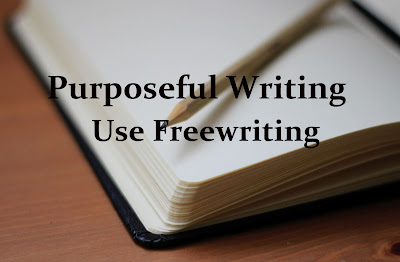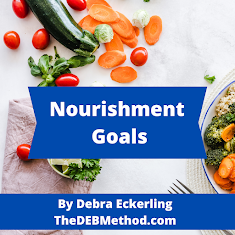 |
| Soon my picture book, Tall Boots, will be available in English and Spanish |
By Linda Wilson @LinWilsonauthor
While presenting programs about stories from my books at schools and libraries, I’ve gotten to know many students and teachers, some from EL (English Learner) classrooms. The EL students’ reading needs are being addressed with dual language books, or side-by-side books, for ages K-12. Many more books are needed. My experience could be because I live in the American Southwest—New Mexico. But the need is more widespread than that. According to the article in My Class Tracks, “How Many People Speak Spanish in the US in 2023:” As of 2022, around 42.5 million individuals in the US speak Spanish as their native tongue, accounting for 13.4% of the total population. Additionally, there are 12.2 million bilingual Spanish speakers living in the US.” I think we can all agree that this number will only grow.
The Need is Strong
Dual language books, also called side-by-side books, parallel texts, parallel textbooks, or interlinear books, are books that offer “two different languages on the same page with the second language being a translation (comparison) of the first.”
According to the article, “The Case for Bilingual Books: 4 Ways Dual-Language Books Can Boost Biliteracy in Young Children,” by Melissa Taylor, March 18, 2021, in the English learner (EL) student population is surging. “Parents are searching for ways to promote their heritage language, the language their children speak at home with them.” Taylor goes on to write, promoting a child’s language spoken at home “is not easy because, as many immigrant parents know, students lose their heritage language skills soon after starting school . . . Studies show that if the heritage language is not supported in school and at home, children can lose their ability to communicate in their first language within two to three years of starting school.” And most important to children’s authors, she writes: “Studies—backed by my first-hand experience—show that bilingual books are a critical tool.”
Where do we Come in?
What better way to meet the needs of EL students than to offer our books to them in both English and Spanish? If you need to find a translator, there are many companies that offer translation services to choose from. You can find these companies by googling, “Where to find Spanish speaking translators for my children’s book.” The cost, according to Google, is anywhere from $0.08 to $0.18 per word.
A guide book, “Your Helpful Guide to Book Translation,” https://gteloculize.com offers advice on how to translate a book:
- Establish an end goal—Why translate your book into another language?
- Determine your target market.
- Hire a professional translation service.
- Have your book edited and proofread.
In my case, I was fortunate enough to meet a middle school teacher whose first language is Spanish. She agreed to translate my picture book, Tall Boots, as a first project. If we succeed, we will work together on all my books.
A friend, who is fluent in Spanish, suggested that I have our translation reviewed and possibly edited by a professor at the University of New Mexico, or another expert in the field, for Spanish grammar, as she said Spanish grammar is tricky.
The company, 1000 Storybooks, that has formatted and illustrated Tall Boots and my latest picture book, Cradle in the Wild, has agreed to take on this project. They will create a new picture book to include Spanish text, using the original artwork in the current edition of Tall Boots.
If you don’t know Spanish, don’t let that stop you. I don’t know Spanish myself. I do believe that our bilingual books will be welcomed, and that we will be able to find help reading the Spanish texts to students from the teachers, teachers’ assistants, and even the students themselves. Just think how many more students our books can reach when offered in English and Spanish. And how many more students will enjoy our stories and learn the message that our books send.
Sources: https://unuhi.com/what-is-a-bilingual-book/
.jpg) |
| Linda shares her picture book, A Packrat's Holiday: Thistletoe's Gift, at a presentation in Alamogordo, New Mexico |
Find Linda’s books at Amazon Author Page.
Connect with Linda: Facebook, Twitter, Pinterest, Instagram


















